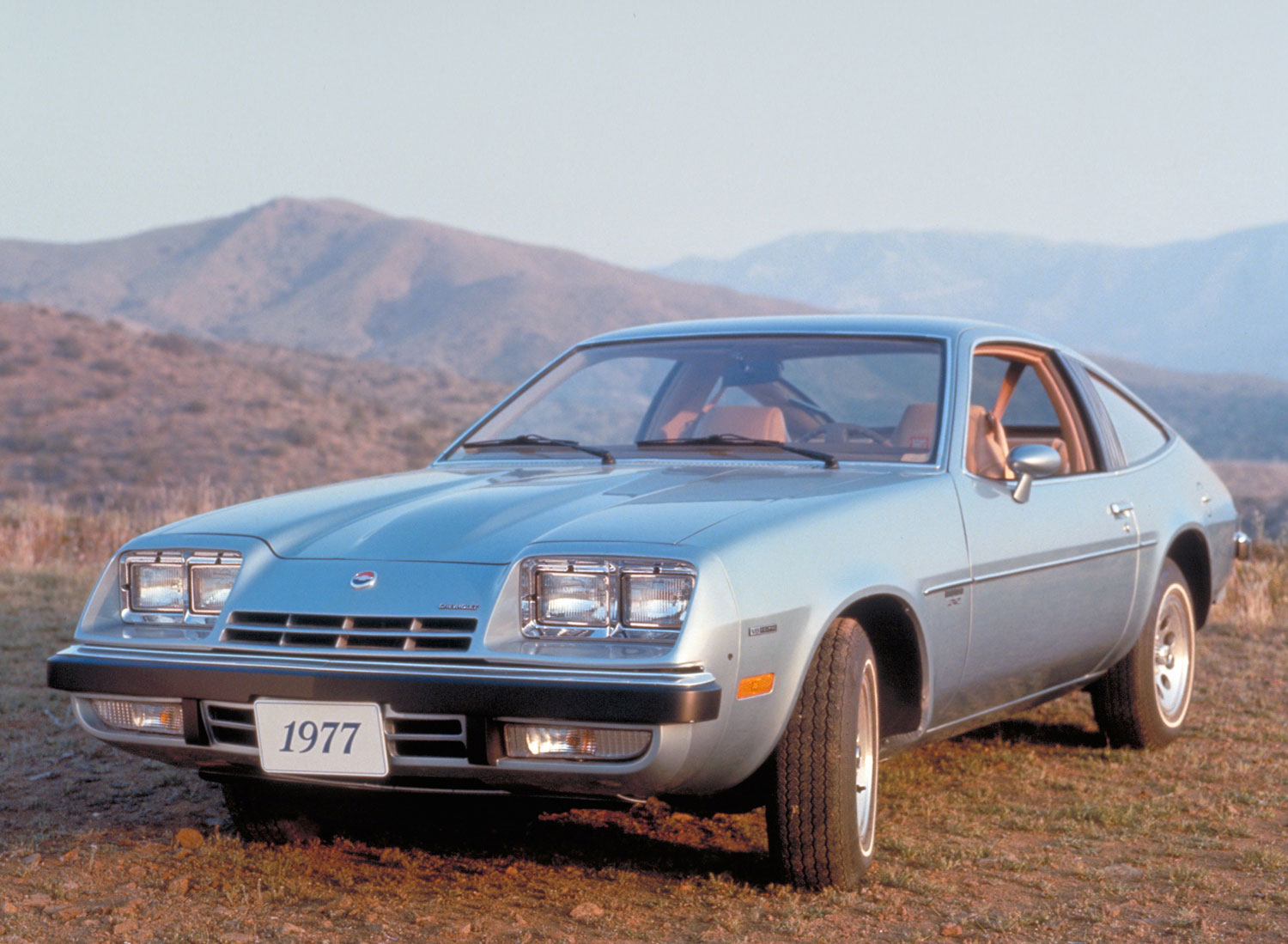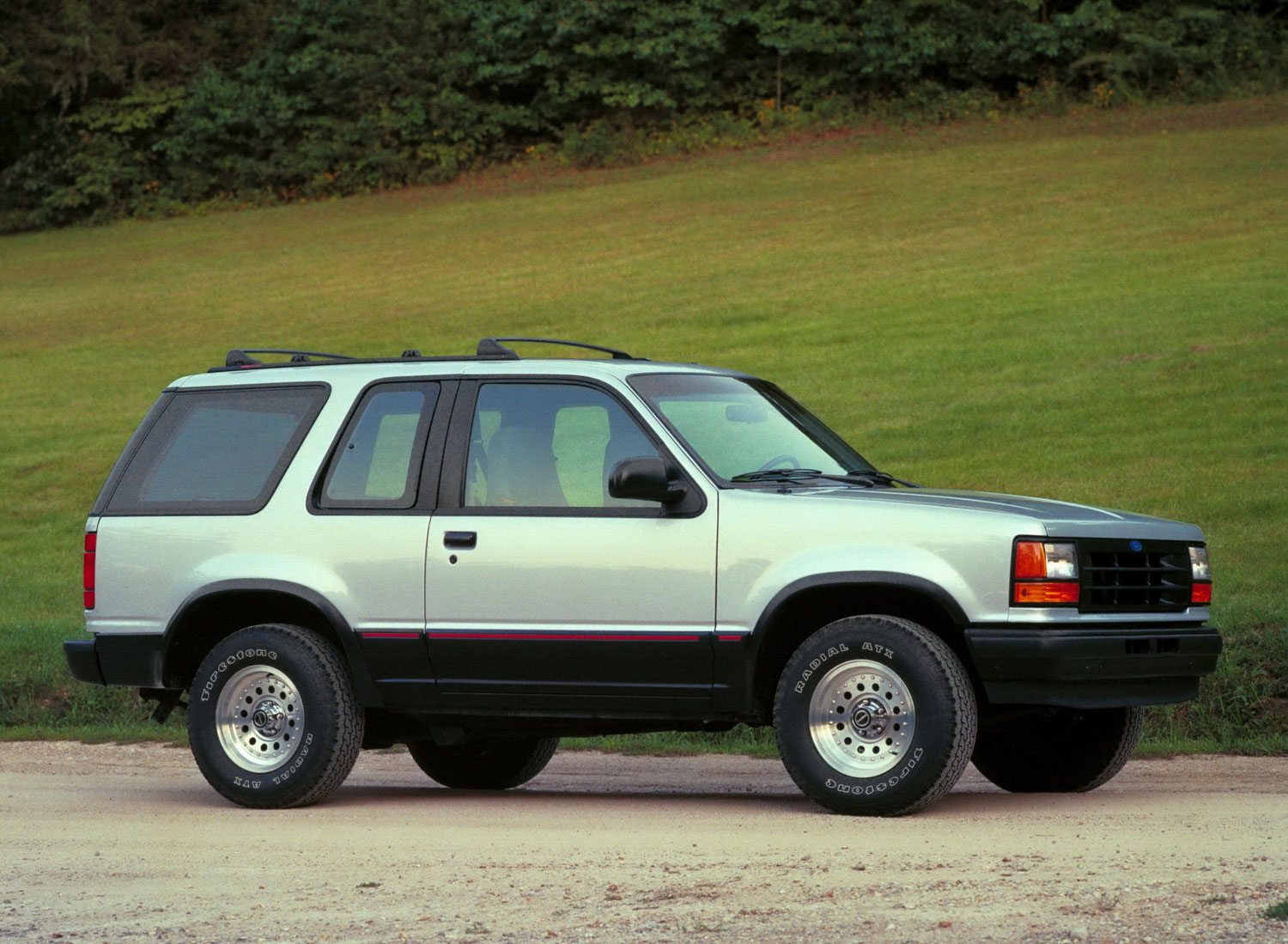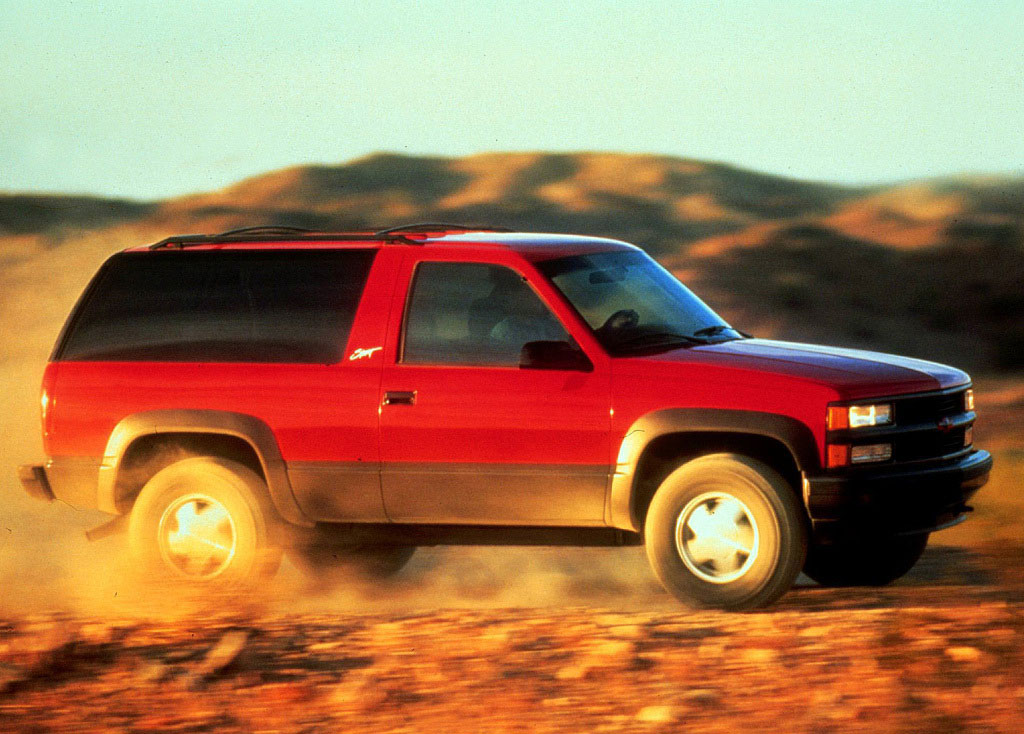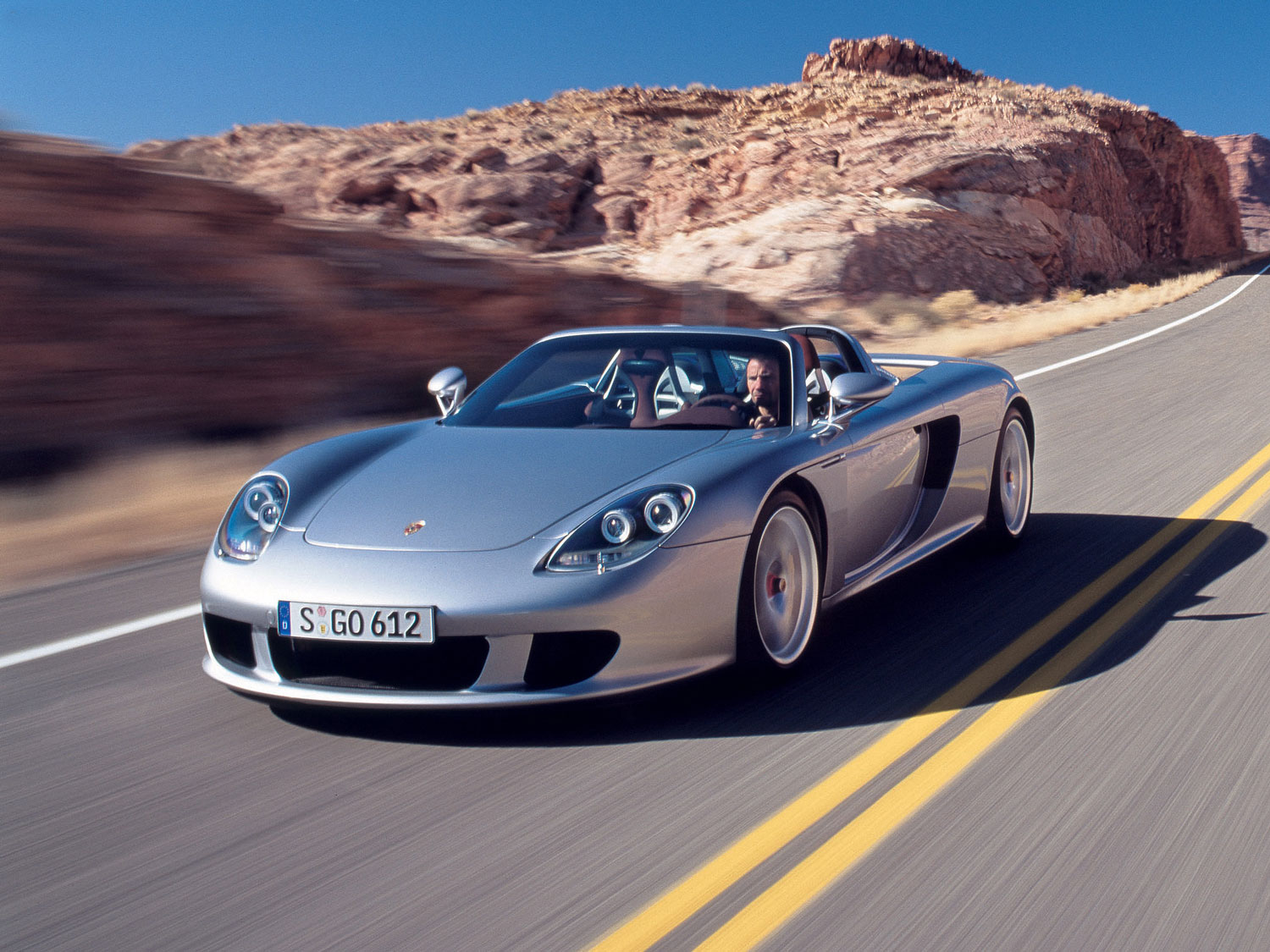Media | Articles
11 car and truck models born as trim levels
Naming a car can be difficult. Often manufacturers that market their cars in different countries— in different languages—choose to go with something alphanumeric. Some argue that strengthens their core brand name, others say it’s lazy and uninspired—that’s me, I’m “others.” Some car names come from lengthy creative brainstorm sessions, surveys, or focus group clinics, while others are just blatantly recycled, even when they make no sense at all. Another option is to promote the name of a trim level to that of a full-blown model, as is the case in the following 11 examples.
Chevrolet Silverado/GMC Sierra


We’re grouping these together because we all know they’re the same truck behind the badge. Back before GM thought its full-size pickups were worthy of a name, they were just labeled 1500, 2500, or 3500 to designate their place on the payload hierarchy. The Sierra emerged as a model name first, in 1988, with the Silverado following one generation later, in 1999.
Chevrolet Monza

First seen on the Chevrolet Corvair, Monza was an upscale trim level before it was used for the H-body compact that followed after the Vega. The Monza was supposed to revolutionize Chevrolet compacts with a Wankel engine, but Chevrolet realized they were inefficient and unreliable and put in a few V-8s instead. It was, in effect, a preemptive rotary swap and a glimpse into the future of thousands of RX-7s and RX-8s that are now LS-powered.
Marketplace
Buy and sell classics with confidence
Ford Ranger

As far as trucks go, the Ranger was a trim level first. The recently reborn mid-size pickup and former compact pickup can trace its name to a mid-level trim of the Bronco and F-Series pickup. OK, it was also the base model in the Edsel lineup, but I think we can all agree to let the Edsel brand all but fade from our memory. Wait, scratch that—the 1960 Edsels were really cool, especially the Villager wagons.
Ford Explorer

Like Ranger, Explorer was used on F-Series pickups before it became the mid-size SUV that was in every neighborhood in the ’90s.
Nissan GT-R

When the Nissan GT-R finally made it to America’s shores, it was as a standalone super coupe, without any ties to the Skyline models sold in Japan. We got the Japanese-market Skyline coupes and sedans in the form of the Infiniti G-series and current Q-series.
Chevrolet Trailblazer

The Trailblazer replaced the mid-size four-door Blazer when it debuted for the 2002 model year on an all-new chassis with power from an all-new 4.2-liter Atlas inline-six engine. Prior to that, we saw the Trailblazer name as a trim of the Blazer in 1999 and as an interior option on S10 models as far back as the 1980s.
Chevrolet Tahoe

In 1995, the full-size Blazer became the Tahoe, a moniker first seen on higher-end S10 pickups and Blazers. Soon after, the mid-size Blazer lost the S10 prefix and the Tahoe added a four-door option.
Porsche Carrera GT

Before it was a mid-engine V-10 halo car for Porsche, Carrera GT was a trim level on the entry-level 924 and the 356 before that.
Subaru WRX

For 2015, the WRX dropped its Impreza prefix, even though it borrowed heavily on the Impreza and shared quite a bit of its sheet metal.
Pontiac GTO

An option package on the 1964 and 1965 LeMans, the GTO was made its own model for 1966. We admit that this one boils down to semantics, as it still shared a chassis and a majority of its body stampings with the LeMans, but GM gave the GTO its own model code in the VIN. Of course, by the time the 2004 GTO was launched, the LeMans and Tempest were long gone.
Chevrolet SS

Super Sport was first used on a 1957 Corvette, but the badge has been worn by everything from Cobalt to Silverado, with the most well-known SS models likely coming from muscle car era Chevelles and Camaros. While it was purely an aesthetic option package for years, it has come to represent the highest performance available for plenty of Chevrolet models. When the last of the rear-drive Holden Commodores made their way to U.S. shores, they were simply called SS, creating a bit of confusion. It didn’t matter much, as buyers got a fantastic chassis and V-8 power with a manual option to make it one heck of a fun sleeper.


I have seen 1968 Torino’s with a Fairlane badge as well. It can be argued the Torino began life as the top trim Fairlane ?
No argument needed, that’s exactly how it went down. The 1968 Torino was actually, according to the brochure, “The Luxurious Fairlane Torino”
I have a1958 chevrolet Impala convertible. In its first year (1958) Impala was the high trim level for the Belair.
AMC did this at least once. The 1966 rebel was a top of the line Classic hardtop, the Classic line-up changed names to rebel for 67 with a new body style. I think they did that on purpose, to prep the public for the name change, but can’t be certain.
GM didn’t ditch the rotary because of efficiency. Rotarys have an efficiency of their own. While they don’t burn less gas for power output, they are smaller (more compact packaging) and cheaper to make (fewer moving parts). What got GM hung up was emissions. Rotarys use ports in the combustion chamber similar to a two stroke, not valves (some of the newer designs use a rotary valve to improve emissions and performance). This led to unburned fuel/hydrocarbons in the exhaust. GM got it to meet 1975 emissions, and IIRC 76/77, but they were concerned about ever stricter emission standards. They asked congress to put a 10 year hold on their rotary emissions, congress said no. So GM said oh well, we’ll just write the whole thing off as a tax loss. Of course you only get a fraction of the money spent back that way, but GM could afford it — and would have lost much more if they had to ditch the engine a few years after putting in the investment to build them if they couldn’t clean them up. Mazda came up with the brilliant idea to burn the fuel in an exhaust chamber after leaving the engine by injecting more air (oxygen) so it would naturally burn off.
Since the savings were really all in the packaging and weight, the only way to really benefit from a rotary is to build a car around it, not stick it in existing designs — that just left more room under the hood that you really didn’t need. I’m an AMC guy, and AMC had agreed to help GM out by buying a lot of rotarys for their new Pacer. Helped GM by reducing the cost of each by economy of scale, at least for a few years when GM may start needing all they made. When GM axed it AMC had already invested lots of money in the Pacer design and had to shoehorn their I-6 into it. That’s why the engine is so far back into the firewall and under the dash. AMC had a license to produce rotarys, but didn’t have the cash to risk in R&D for something that might flop. GM may have been using AMC’s license as well, but don’t quote me on that!!
my 1997 chevy pickup is a silverado as the badge says on the cab just behind the doors
Had the Custom Deluxe, Cheyenne, Silverado in the early 80’s for C10 20 or 30
When I bought my 67 442 I had to buy an Olds Cutlass Supreme and add the 442 option. This made my insurance affordable since a Cutlass Supreme was not listed as a high performance car!
It’s a GTO. The article is incorrect. The GTO was its own model in 65. It started as an option in 64
You are mistaken. The GTO was an optional package in 1964 and 1965. It became its own model for the 1966 model year.
I meant to say the picture is a ’66 GTO
The use of the Carrara name on the 356 was not entry level. The 1600 and the 2 liter we largely hand built and very low production vehicles, The engines were Porsches most competitive and the price for a 2Liter, 4cam cabriolet was approximately twice the price of a 356 cabriolet of the same model year. I own one and wish I still had it.
I hope the “Mustang” Mach E spins off to become just the Mach E…
Or as I call it… the “Mock Ery”
Nissan Altima started life as the stanza Altima, I believe only for the first year. Also the Nissan Armada began as the Pathfinder Armada, also only about one year.
That is correct! The decklid had a small Stanza decal, didn’t need it for long apparently!
Yea, tough crowd lol
Z28 was an option code for a Camaro set up for Trans Am racing. The sanctioning body required a 5 liter limit, hence the 302. It had cast iron headers to satisfy the government, but there were tubular headers in the trunk. The option was listed on the paperwork as RPO-Z28.
The SS396 was originally sold as an option for a Chevelle. That was option RPO Z16.
Disappointing article. The writer missed so many iconic cars that started as trim packages such as the Olds 442, or the Buick Gran Sport, or the AMC Scrambler.
The 56, 57, & 58 Furys were top model Belvederes before they became just another range of cars.
What about the Corvair Monza Spyder that became it’s own model in 1964